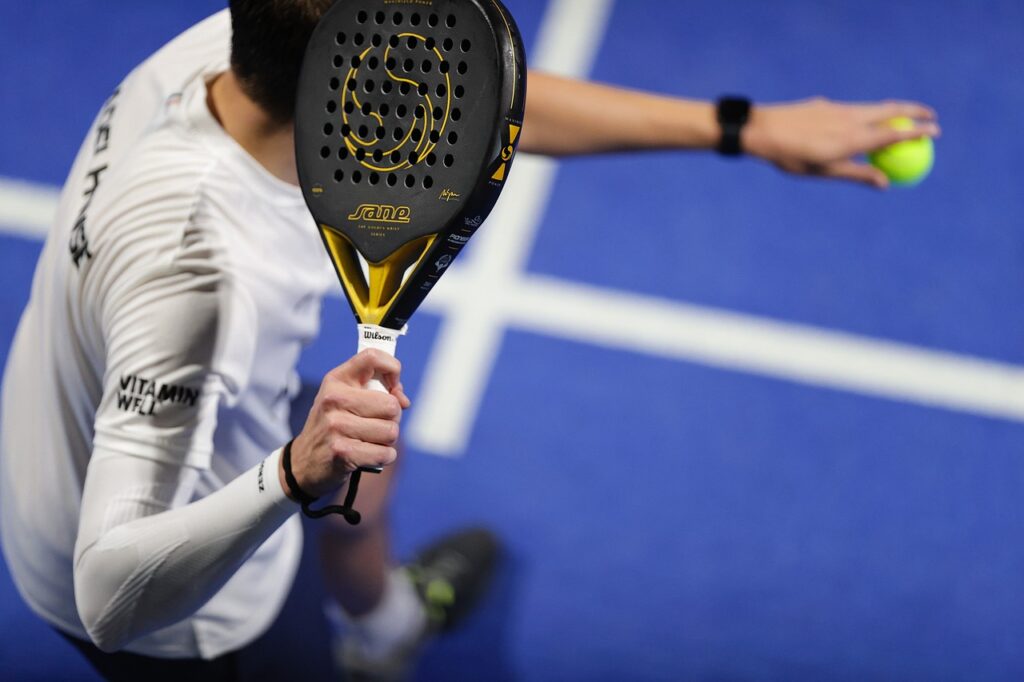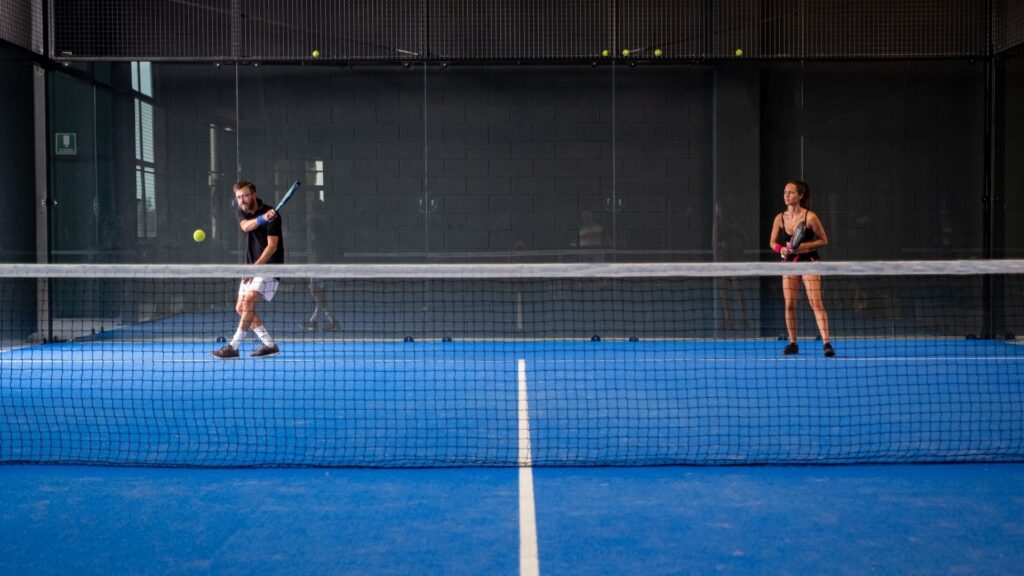Padel has surged in popularity, becoming a staple in global sports communities with a rich history that spans over five decades. This article delves into the origins, evolution, and the current state of padel, explaining how it grew from a backyard innovation to an international phenomenon.
Origins of Padel
The story of padel begins in 1969 in Acapulco, Mexico, when Enrique Corcuera set out to modify the traditional game of tennis. He created the first padel court in his backyard by adjusting the rules of tennis to suit his enclosed space, effectively giving birth to a new sport. This adaptation involved using paddles instead of racquets and incorporating walls as part of the game.
Padel’s Spread to Europe
The game was introduced to Spain in the 1970s by Prince Alfonso of Hohenlohe-Langenburg after experiencing it at Corcuera’s home. He built the first two padel courts in Marbella’s Club de Sol, catalyzing the sport’s popularity among the Spanish elite and visiting celebrities. The simplicity and social nature of padel made it an instant hit.
Development of the Game
Throughout the 1980s, padel began to see formalization in rules and equipment. Spain established its first national federation in 1988, a significant step that helped standardize padel and promote its organized competition. This period also saw the sport’s spread to other European countries and the Americas, with Argentina quickly becoming a hotbed for padel enthusiasts.
Global Expansion
By the 1990s, padel had established itself firmly in Spain and Argentina, with both countries hosting numerous tournaments and leagues. The sport’s appeal began reaching further abroad, landing in countries like Brazil, the United States, and various European nations. The creation of the International Padel Federation in 1991 facilitated its global governance and further international growth.
Padel Today
Today, padel is played in over 57 countries with more than 20 million players worldwide. Its integration into sports clubs and recreational facilities globally has been remarkable. Major sports brands and media have also begun promoting padel, which has helped its popularity soar in recent years. The sport now features professional tournaments that attract global talent and spectators.
Future Prospects
Looking forward, padel shows no signs of slowing down. Its potential inclusion in major multi-sport events like the Olympics is being discussed, and technological advancements in equipment and court construction continue to evolve. Padel is poised for further expansion, potentially becoming a regular feature in global sports competitions.
Conclusion
From Enrique Corcuera’s backyard in Mexico to the glossy courts in major cities around the world, padel’s journey is a testament to the sport’s accessibility, sociability, and enduring appeal. As more people discover and embrace padel, its history continues to unfold, promising a future as dynamic as its past.
Padel combines elements of strategy, physicality, and fun, making it a beloved sport for players of all ages and skill levels. Whether you are a seasoned player or a curious newcomer, the story of padel is a compelling chapter in the world of sports.

